A Story Behind the Name of “Mazda”
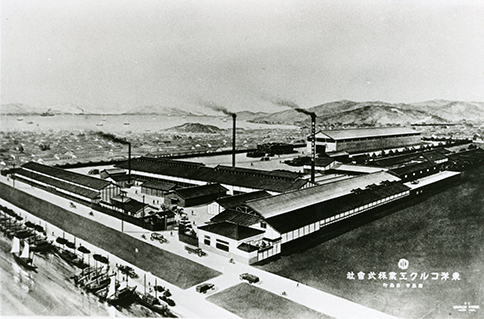
(Toyo Cork Kogyo Co., Ltd. back in 1921 in Hiroshima.)
Ever wondered how a Japanese car company that “Celebrates Driving” got its name?
The name “Mazda” was introduced to Japan in October 1931. Mazda started its life as a cork manufacturer back in 1920. The year 1931 was when Mazda, then called the Toyo Kogyo Co., Ltd., launched the “Mazda-go”, a tricycle truck which is a first vehicle coming out of the company. The naming of the tricycle was considered by Jujiro Matsuda, the second president and substantial founder of Toyo Kogyo, and other key members.

“Mazda-go”
(1931 Mazda Type DA)
Made by a company that was then managed by a man named Matsuda, the name “Mazda-go” sounds fitting enough. The question is, how come it was spelt “Mazda” instead of “Matsuda”? “Mazda” comes from Ahura Mazda, the god of harmony, intelligence and wisdom from the earliest civilization in West Asia. Key members of Toyo Kogyo interpreted Mazda as a symbol of the beginning of the East and the West civilization, but also a symbol of the automotive civilization and culture. Striving to make a contribution to the world peace and to be a light in the automotive industry, Toyo Kogyo was renamed Mazda Motor Corporation. “Mazda” was also a perfect way to pay respect to the substantial founder, whose family name is pronounced very close to “Mazda”.
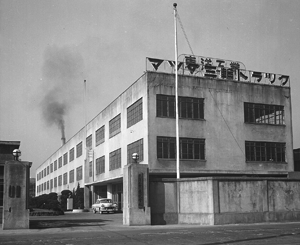
(The front gate of Toyo Kogyo, Co., Ltd. back in 1950s.)
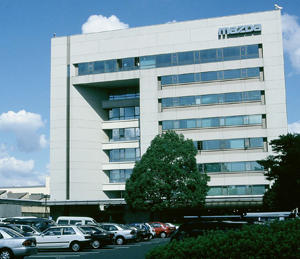
(Headquarter of Mazda Motor Corporation today
– renewed in 1986 after renamed as Mazda Motor Corporation)
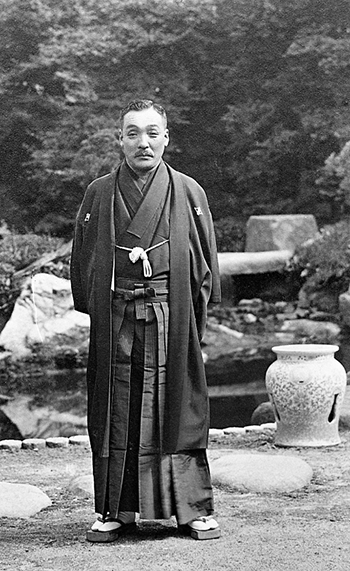
Jujiro Matsuda
(The 2nd president and substantial founder of Toyo Kogyo Co. Ltd.)
History of Mazda Brand Mark & logotype
<From Mar 1934 to Mar 1954>
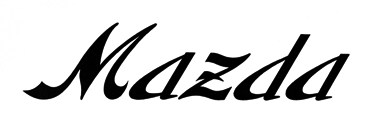
<From April 1936 to July 1959>

Hiroshima and also form the Latin alphabet letter M,
which is duplicated three times for "Mazda Motor Manufacturer".
The long side extensions represent wings for agility,
speed, and ability to soar to new heights.
<From Jan 1951 to 1972>

<From 1954 to 1974>

the registration completed for 21 countries worldwide.
<From July 1959 to 1974>

Replacement of

above.
Seen on Mazda R360 coupe or other passenger cars until 1974
<From 1975 to 1997>

<From 1991 to 1997>
<From Jun 1997 to Sep 2015>


The brand symbol close to current one was adopted in 1997, with the V-shape wings inside, standing for “growth” and “improvement” and Mazda logo in Mazda blue
Fast forward to the end of the 20th century, the current Mazda brand symbol was adopted in June 1997. The symbol stands for Mazda’s determination to “pursue ongoing improvements to drive powerful, continuous growth”, expressed by a pair of wings shaped like a letter M in an oval. The V-shaped wings are also suggestive of Mazda’s flexible thinking, creativity, vitality, kindness and resilience. Daring to stand up to seemingly impossible challenges, and standing against all odds to pursue its dream. Committed to making cars with excellent quality with a firm belief that new technology can only be developed from overcoming tough challenges, the spirit of Mazda lives on in its brand symbol.
<From Oct 2015 onwards>


Renewed in 2015, representing the brand which has evolved toward the higher quality and sophistication
Have you ever noticed that if you look at Mazda’s corporate mark, all the letters, except a letter D, are in lower cases? That was because of design – Mazda wanted to express precision and reliability as a car company by aligning top and bottom lines of its corporate mark. A letter D in a lower case protruded the upper line, so the decision was made to use an upper case for a letter D to make the corporate mark neatly fit into a rectangle.
There is a story behind every name, and Mazda is no exception. The name Mazda and its brand symbol tell a story of its long history, burning aspiration and unwavering belief.
Other Stories

Driving stories on the great & challenging roads and journeys
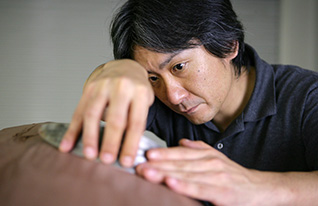
Stories about the craftsmanship and design evolution of Mazda

Visions and philosophies of Mazda engineers

The spirit of Mazda owners, collectors, clubs and aficionados around the world
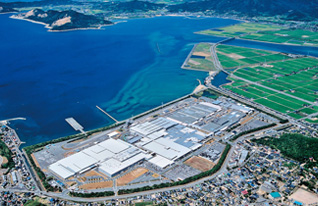
Mazda brand heritage and history

